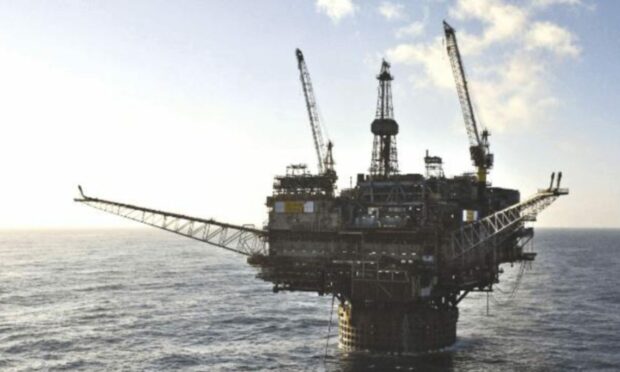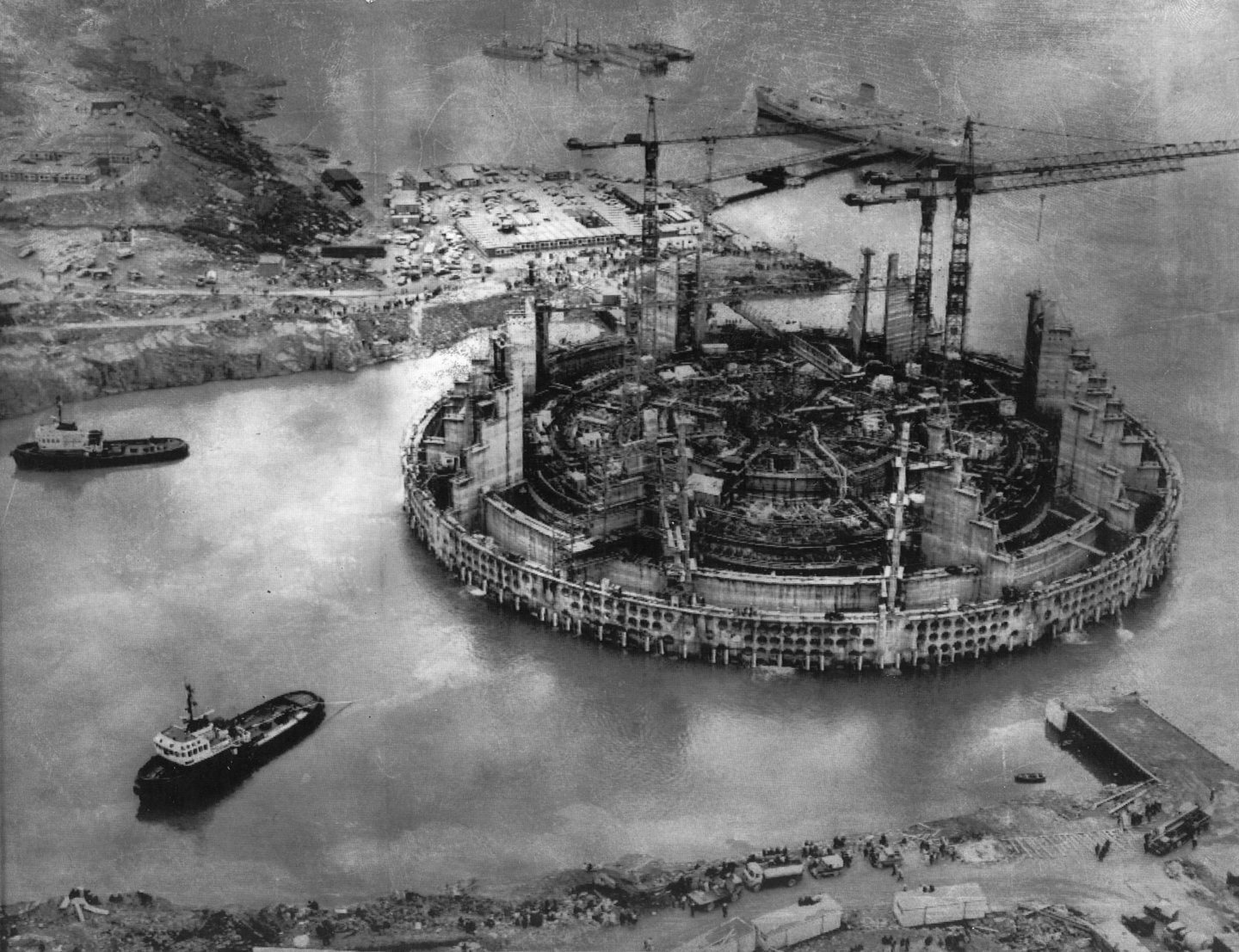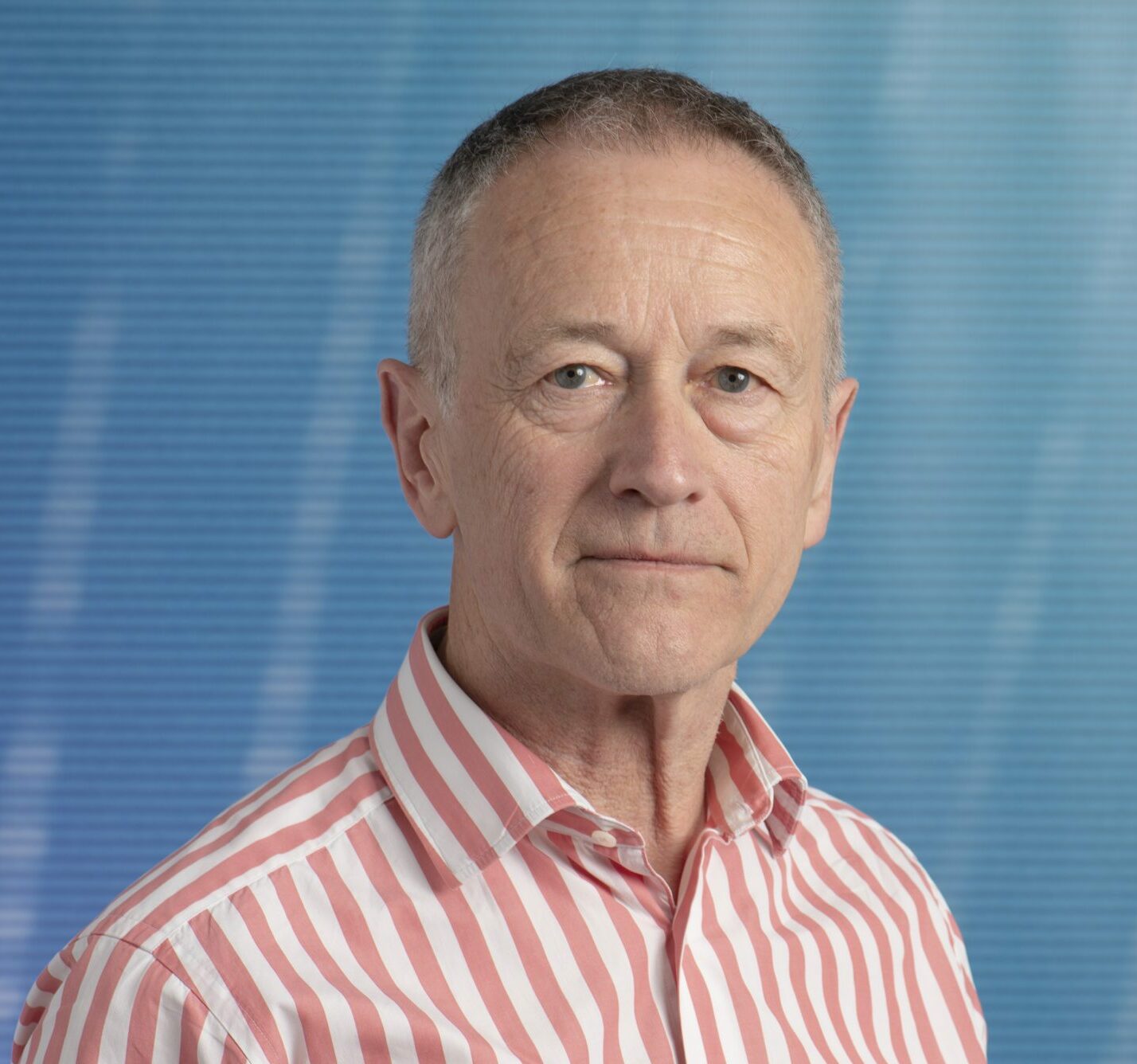CNR International has decided to shut down Ninian, one of the best-known oilfields in the UK North Sea, due to “challenging” market conditions.
The Canadian oil firm cited “prevailing regulatory and economic conditions in 2022, along with the increasingly challenging commercial outlook in the UK” for the move.
CNR is “accelerating the abandonment” of its remaining two platforms on the 45-year-old oilfield, Ninian South and Ninian Central. The latter is the largest platform ever constructed for the UK.
The company has also written down 65 million barrels of oil equivalent from its proved reserves, as the field has become “economically unsustainable”.
Two windfall taxes on the oil and gas sector plus a windfall tax on the electricity generators have significantly undermined the appetite of companies and international investors to invest in the UK.”
Mike Tholen, sustainability director, OEUK
CNR noted the “impact of higher natural gas and carbon costs” as a factor in its decision.
It did not directly mention the UK windfall tax, imposed during the past year to create a 75% UK overall tax rate on the industry.
But experts say the levy is likely to have played a hand in the decision.
‘No further drilling activity planned’
In a statement to Energy Voice, sister website to The Press and Journal, CNR said it had “no further drilling activity planned” and was proceeding with the shutdown of the south and central platforms, along with the field’s wider hub infrastructure.
It added: “The company has made the decision following a detailed review of Ninian opportunities and projected cost burdens, concluding the field is economically unsustainable.
“The cessation of production and decommissioning of these platforms is likely to take several years and lead to fewer jobs long-term in the North Sea.”
CNR underlined that it will continue to operate its Tiffany platform in the UK North Sea, as well as manage its offshore Africa operations out of Aberdeen.
“As a result, no job losses are currently planned,” it added.
UK industry ‘rocked’ by tax regime
Mike Tholen, sustainability director at trade body Offshore Energies UK, said: ”This news is a stark example of how confidence to invest in UK energy security is being rocked by the UK’s current fiscal regime.
“The Ninian platforms are iconic assets that have contributed thousands of jobs and millions of pounds to the UK.”
He added: “We have written to Chancellor Jeremy Hunt urging him to focus on creating a long-term competitive regime that supports investment across the energy sector.
“We also continue to warn that the windfall taxes introduced last year have rocked investor confidence and companies’ investment plans.
“Two windfall taxes on the oil and gas sector plus a windfall tax on the electricity generators have significantly undermined the appetite of companies and international investors to invest in the UK.
“The Spring Budget must address energy security where the offshore energy sector has a vital role to play, whilst supporting the energy transition.”
The UK Government declined to comment.
It’s not really surprising that it’s not economically advantageous, compared to other opportunities/”
Professor Alex Kemp, petroleum economist, Aberdeen University
The Ninian field was discovered in 1974 and started production in 1978.
Professor Alex Kemp, a petroleum economist at Aberdeen University and author of the Official History of the North Sea, described Ninian as “one of the giants” of the industry.
He also highlighted that Ninian Central, constructed at Kishorn on the west coast, is the largest platform created for the UK.
One of the biggest producing fields
Ninian became just the third field in the sector to surpass one billion barrels of oil equivalent produced, after Brent and Forties.
Prof Kemp said: “When we’re talking about the giants of the UK sector, we’re talking about Forties, Brent, Beryl, Piper and Ninian.
“With the cost increases in the last year or so, plus very high tax, it’s not really surprising that it’s not economically advantageous, compared to other opportunities.”
He added: “With very mature fields, you could increase drilling.
“But on very mature fields we’re likely talking about not that many barrels at a relatively high cost and a 75% tax rate.
“I can understand why very old fields are not going to get a big return.”
Prof Kemp is publishing a study next week on why the economics of such projects is “difficult” in the face of the current tax regime.





Conversation